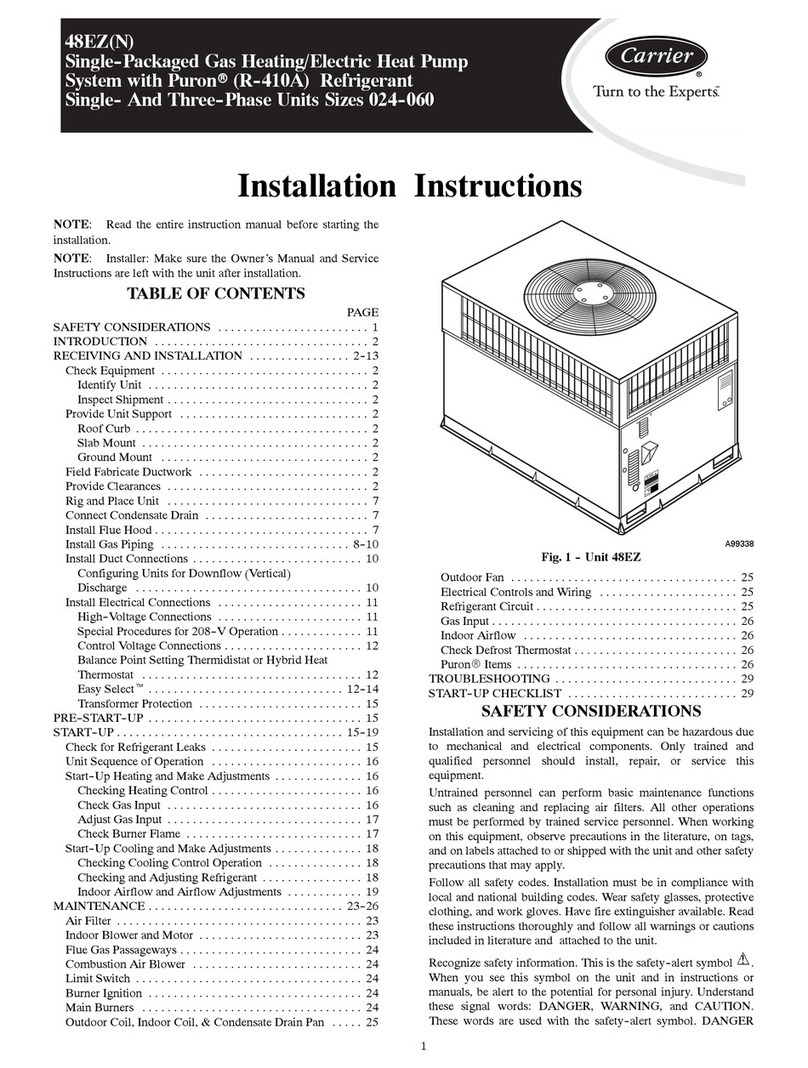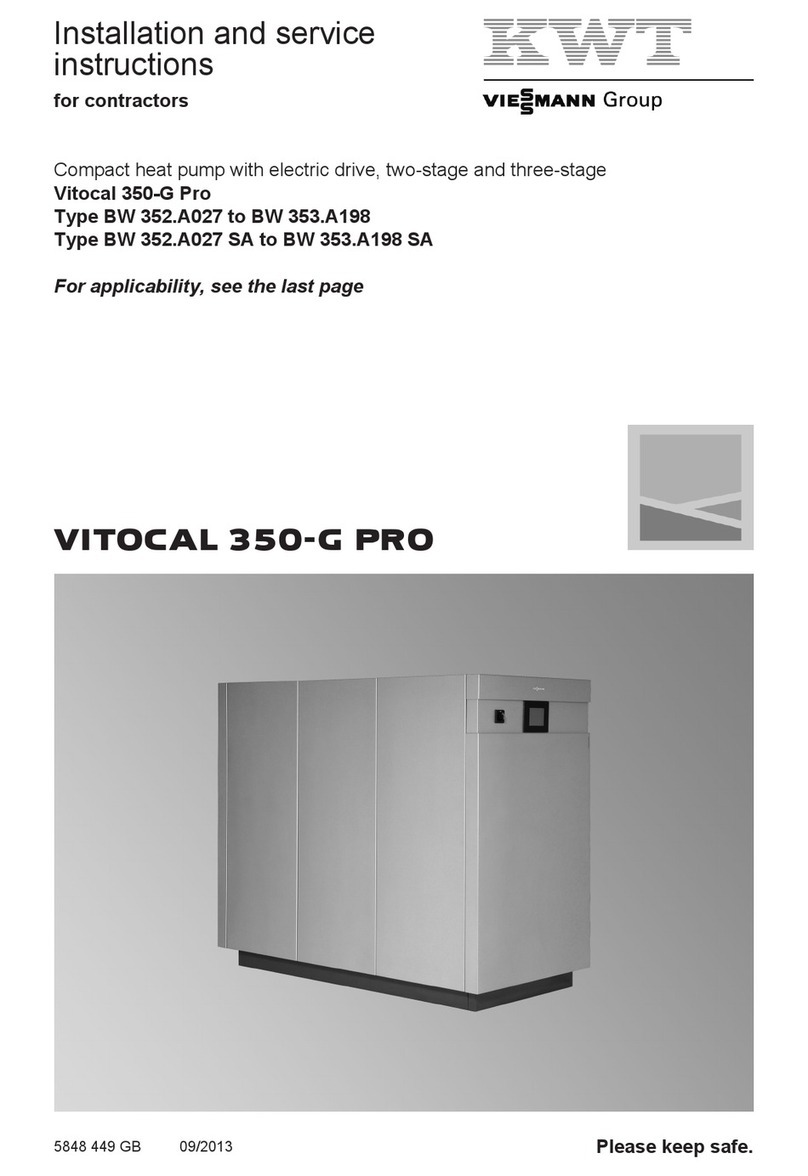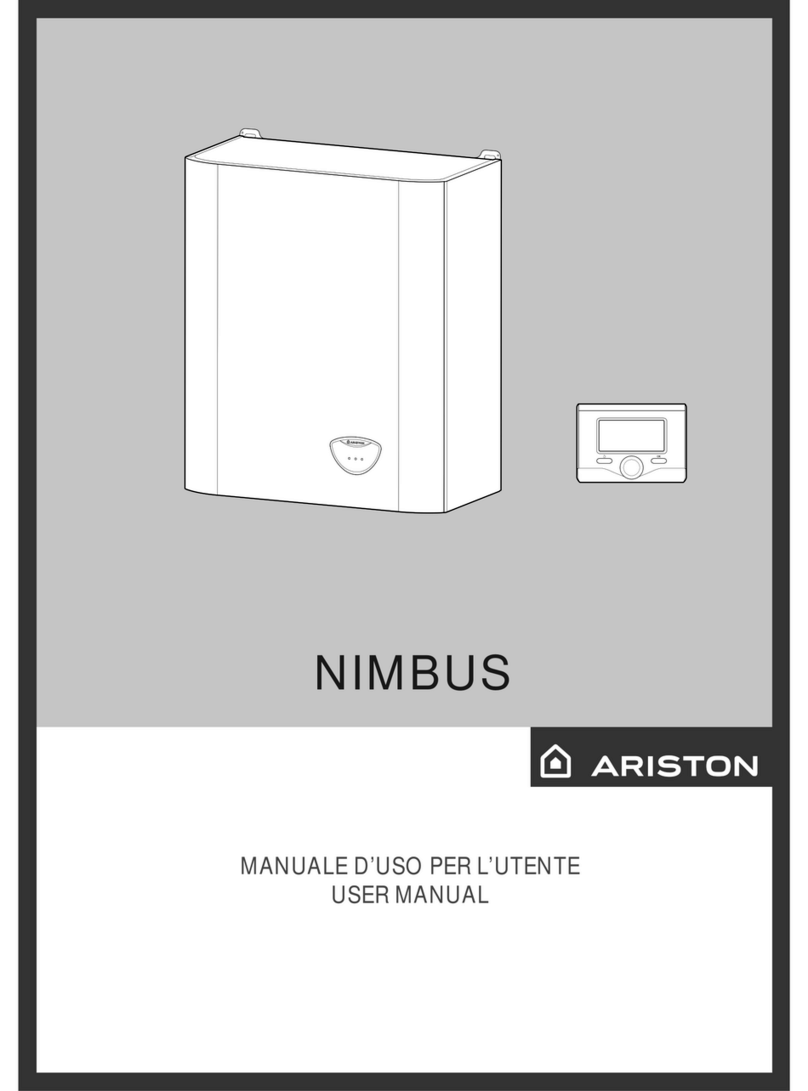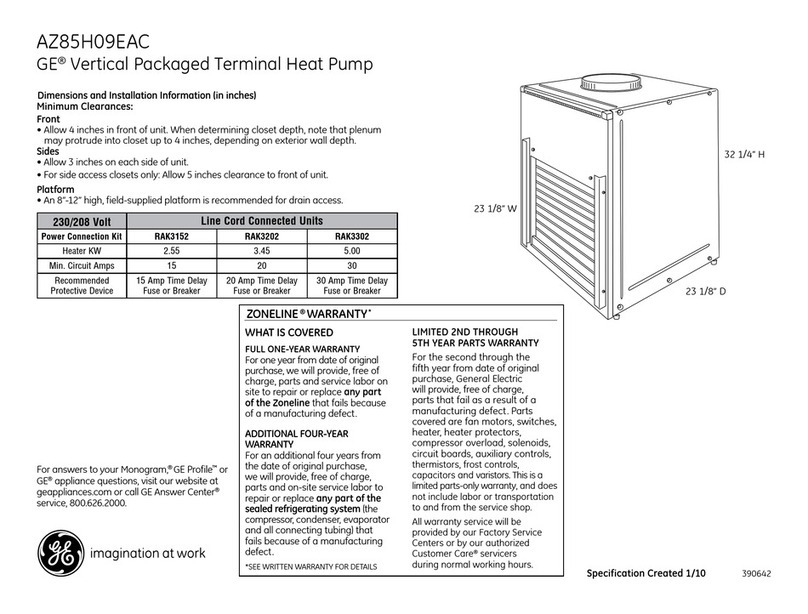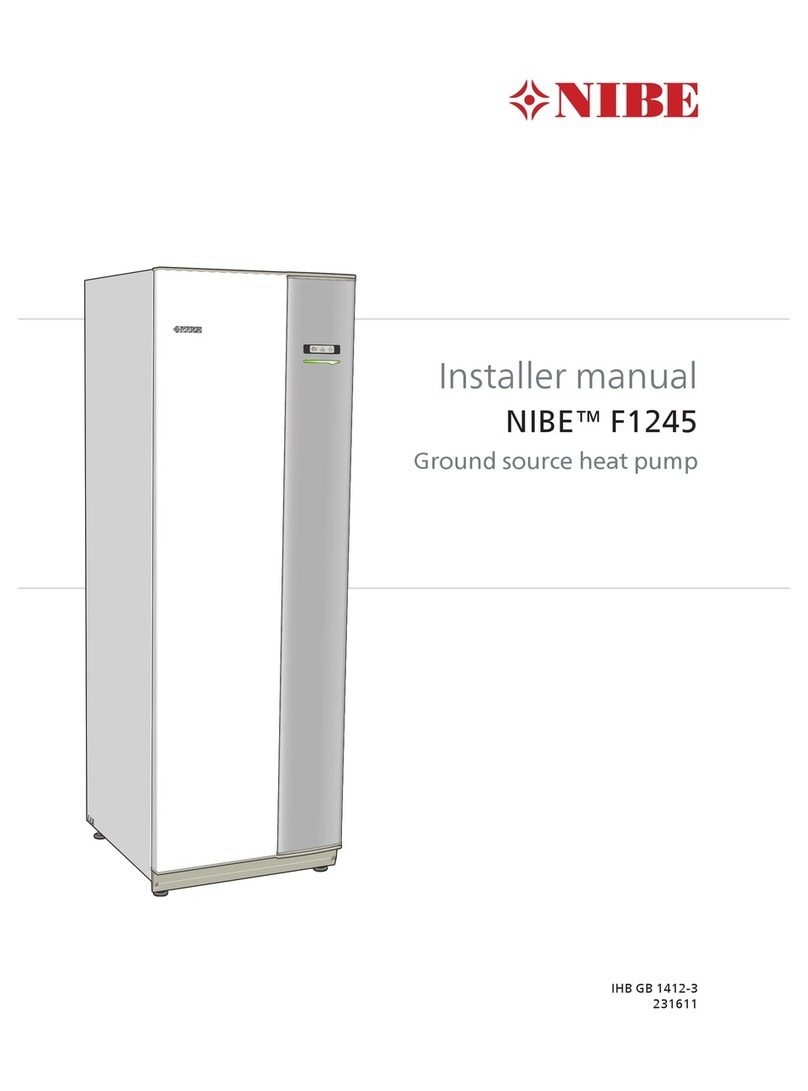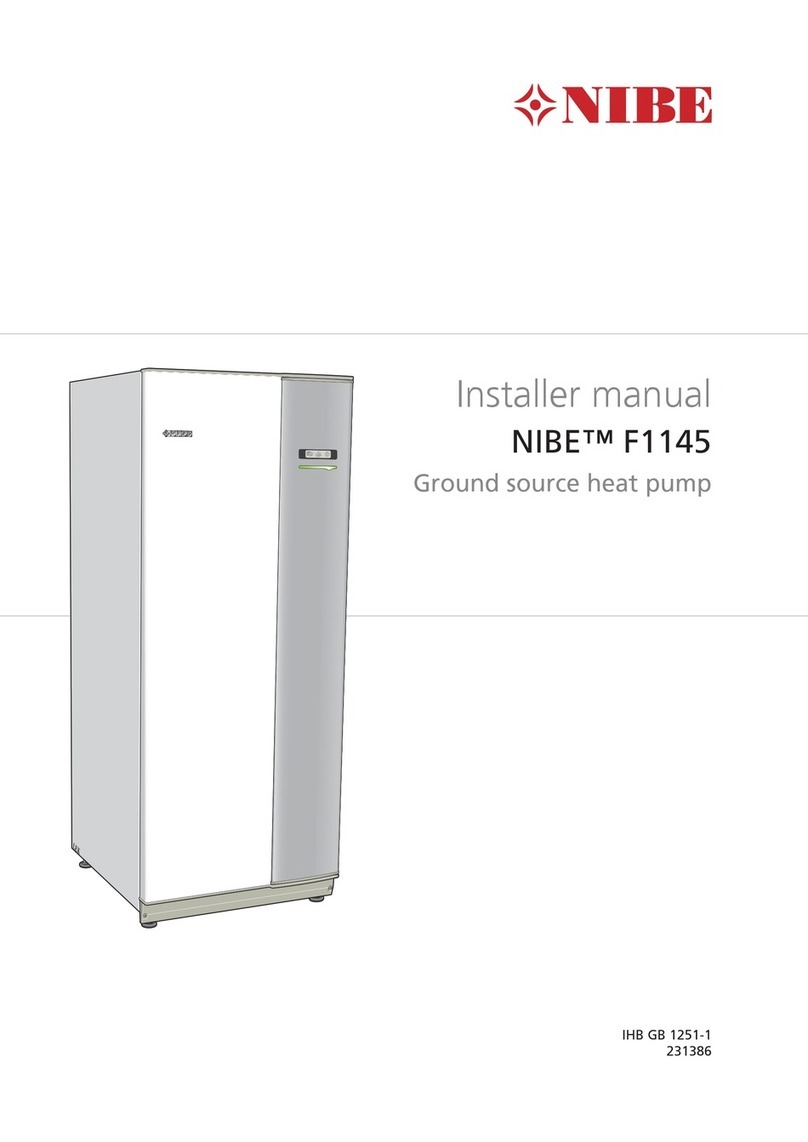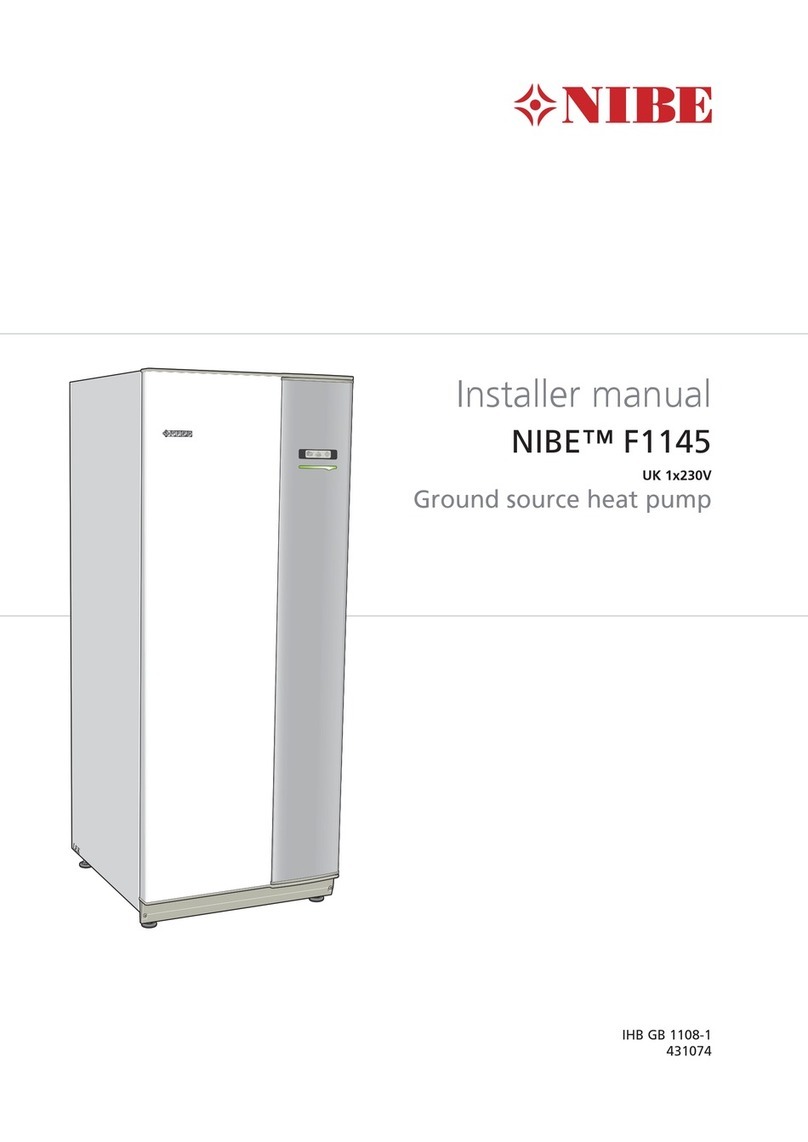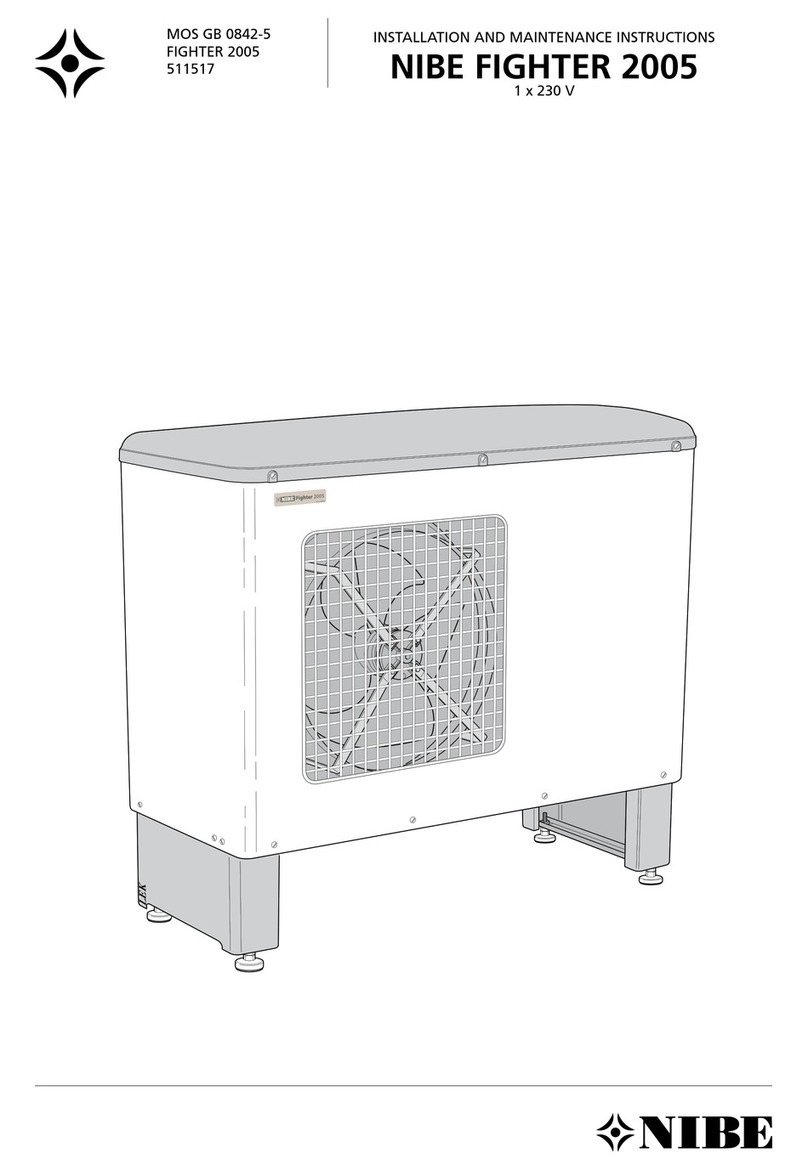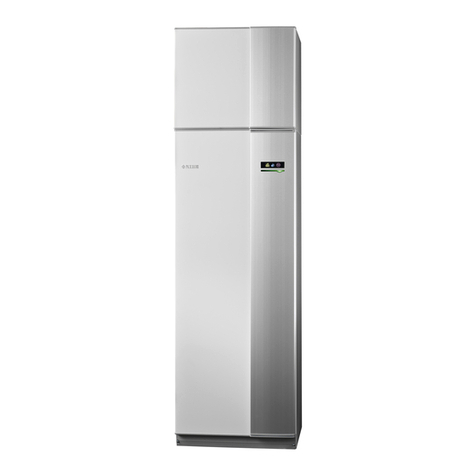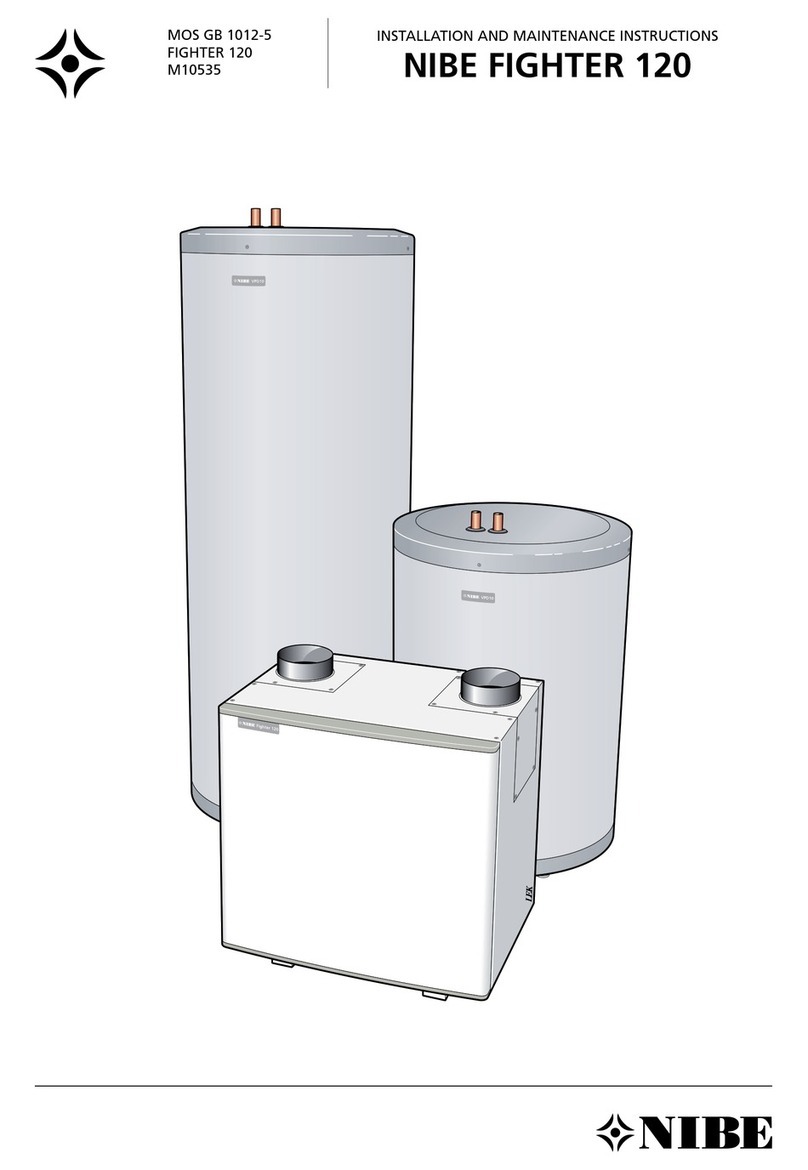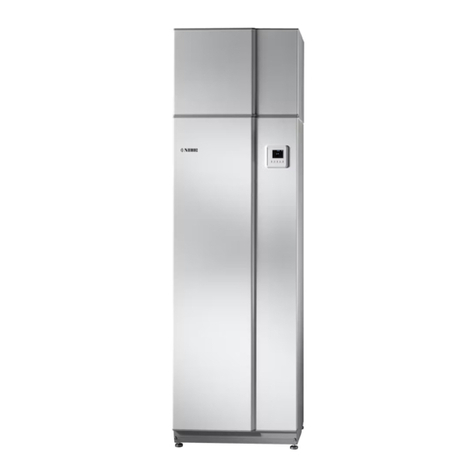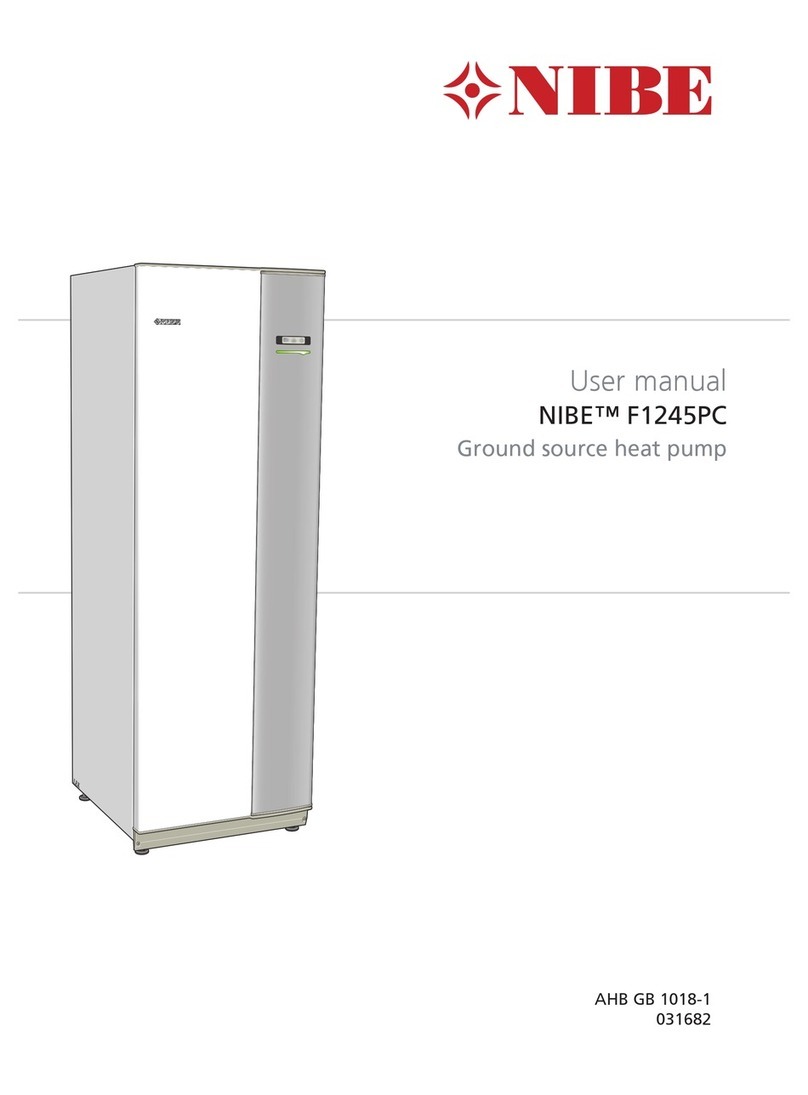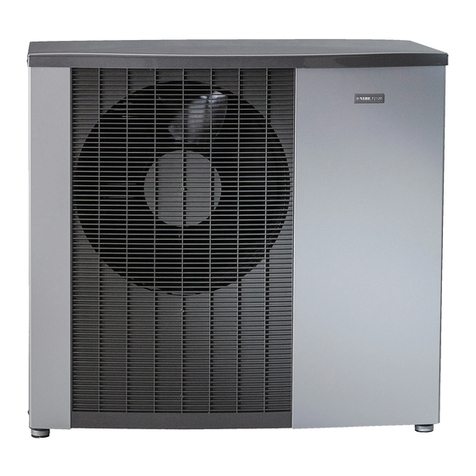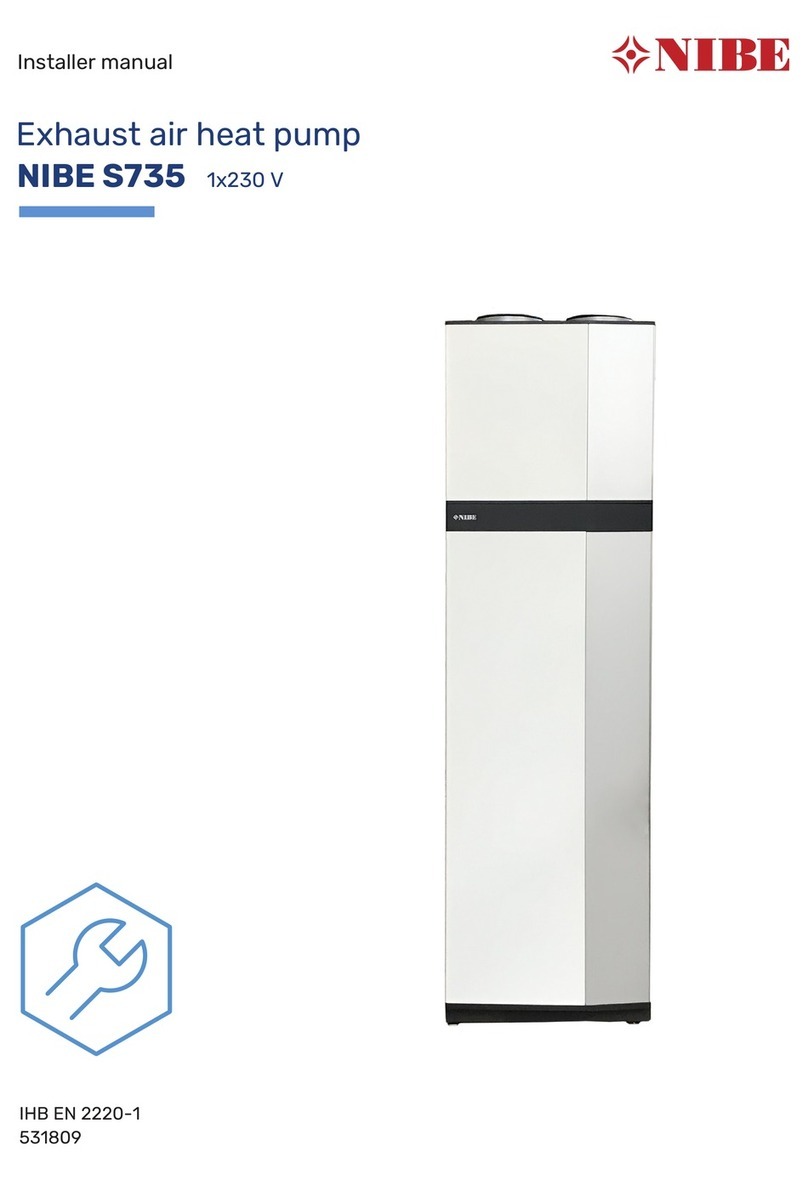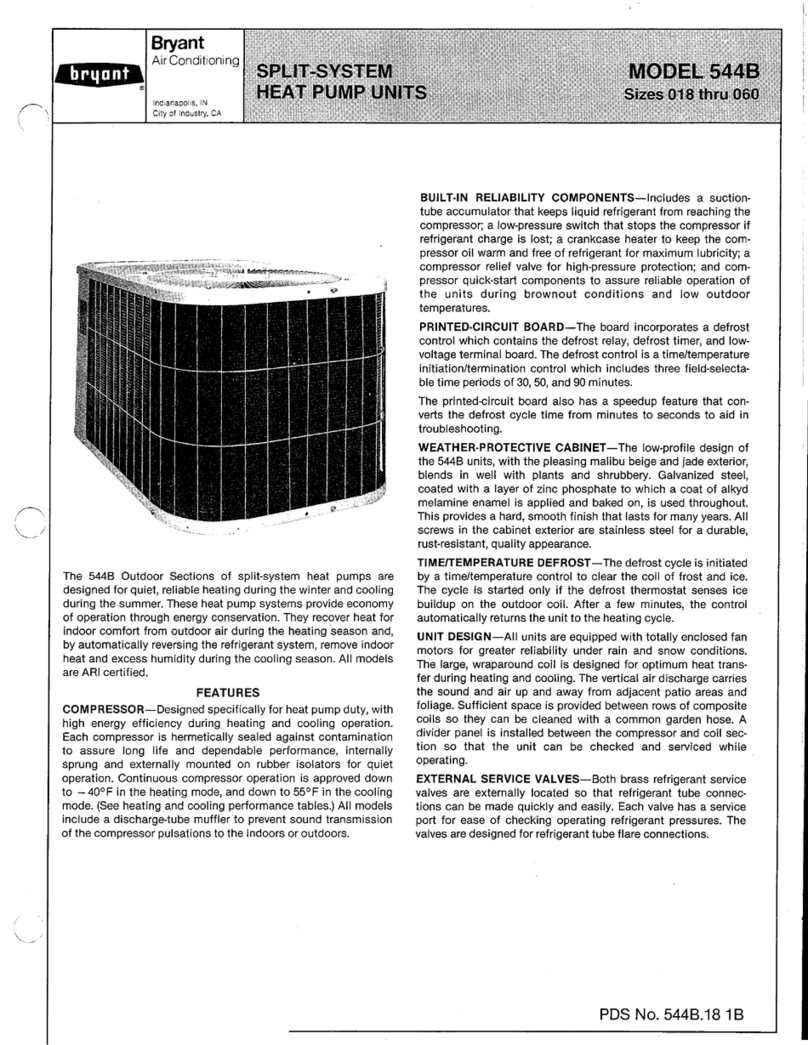For the Installer
Contents 1
FIGHTER 1120
For Home Owners
General points for the installation engineer
Transport and storage .................................................. 9
Installation .................................................................... 9
Floating condensing .................................................... 9
Fixed condensing ........................................................ 9
Guideline values for collectors .................................... 9
Inspection of the installation ........................................ 9
Pipe connections
General ...................................................................... 10
Heating medium pump .............................................. 10
Pipe connection (brine) .............................................. 10
Pipe connection (heating medium) ............................ 10
Ventilation recovery .................................................... 10
Free cooling ................................................................ 10
Pump capacity diagrams, heating medium side ........ 11
Pump capacity diagrams, brine side .......................... 12
Electrical connections
Removing the covers ................................................ 13
Connection ................................................................ 14
Connection on delivery .............................................. 15
Tariff connection ........................................................ 15
Connecting the outside sensor .................................. 16
Connecting the temperature sensor included for
hot tap water ............................................................ 16
Connecting the supplied temperature sensor with
fixed condensing .................................................... 16
Connecting the supplied sensor for external
compensation .......................................................... 16
Max hot water temperature ........................................ 17
Max phase current ...................................................... 17
Centralised load control and load monitor ................ 18
Docking
General ...................................................................... 19
Abbreviations .............................................................. 19
Option 1 – immersion heater and water heater ........ 20
Option 3 – oil-fired boiler ............................................ 22
Option 4 – another heat source ................................ 24
Commissioning and adjusting
Preparations .............................................................. 26
Filling and venting the cooling medium system ........ 26
Filling the heating/heating medium systems ............ 26
Soft-start relay ............................................................ 26
Starting and checking ................................................ 27
Readjustment, heating medium side ........................ 27
Readjustments, brine side ........................................ 27
Setting the automatic heating control system
Setting using diagrams .............................................. 28
Heating curve offset -2 .............................................. 28
Heating curve offset 0 ................................................ 28
Heating curve offset +2 .............................................. 28
Controls
General........................................................................ 29
Key lock ...................................................................... 29
Quick movement ........................................................ 29
Changing parameters ................................................ 30
Menu tree .................................................................... 31
Main menus ................................................................ 34
Hot water temperature ................................................ 35
Supply temperature .................................................... 36
Outside temperature .................................................. 38
Brine flow/return.......................................................... 38
Clock............................................................................ 39
Other settings.............................................................. 41
Service menus
Settings additional heat .............................................. 43
Operating settings ...................................................... 44
Quick start ....................................................................47
TEST Force driven operation...................................... 47
Alarm log .................................................................... 47
Alarm indications on the display ................................ 48
Dealing with malfunctions
Alarm indications on the display .............................. 49
Low hot water temperature or no hot water ............ 50
Low room temperature ............................................ 50
High room temperature ............................................ 50
Helping the circulation pump to start ........................ 51
Draining, heat medium side .................................... 51
Draining, brine side.................................................... 51
Component locations
Component locations ................................................ 52
List of components
List of components .................................................... 53
Electrical circuit diagram
Wiring diagram 3 x 400 V + N .................................... 54
Dimensions
Dimensions and setting-out coordinates .................. 58
Technical specifications
Technical specifications ............................................ 59
Enclosed kit
Enclosed kit ................................................................ 60
Accessories ................................................................ 60
General
Concise product description ................................ 2
Setting table ........................................................ 2
System description
Principle of operation .......................................... 3
Front panel
Layout .................................................................. 4
Explanation .......................................................... 4
Setting different operating modes (even with
accessories) ...................................................... 5
Room temperature
Automatic heating control system ........................ 6
Default setting ...................................................... 6
Changing the room temperature .......................... 6
Basic values for the automatic heating control
system ................................................................ 7
Heat production .................................................... 8
Domestic hot water .............................................. 8
Electric boiler mode .............................................. 8
Brine pump .......................................................... 8
Fixed condensing ................................................ 8
Standby mode “ ” ............................................ 8







